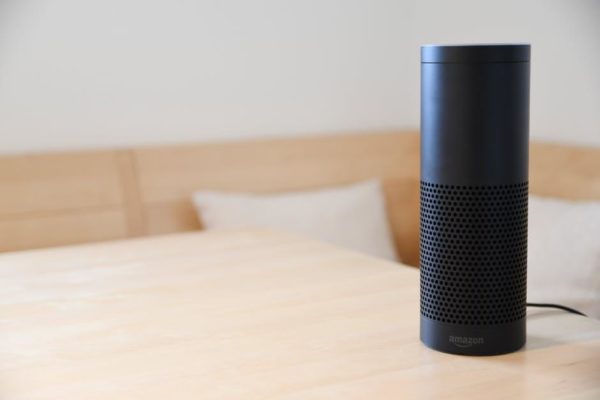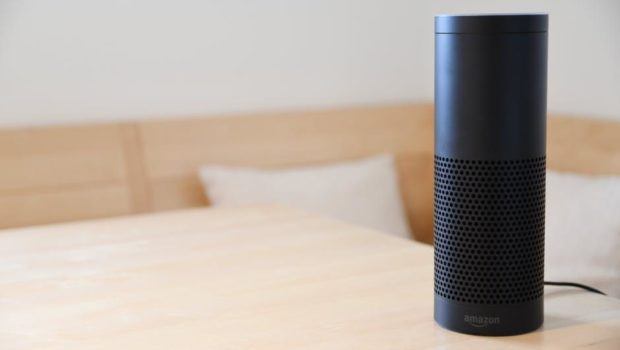How Voice Technology is the Future of Consumer Interaction
An increasing number of devices and applications are incorporating voice technology into the user experience. According to a study from the Pew Research Center, 46% of Americans say they use voice services. The adoption of voice services is only expected to increase as voice recognition technology develops and is integrated with more products and services.

Improvements in Voice Technology
Voice technology is not new; it has been around for in a variety of different forms for many years now. However, it is only recently that these systems have started to catch on with consumers.
Early iterations of voice technology were unreliable, and they did a poor job of understanding human language. This caused many consumers to avoid voice technology, and past perceptions of unreliability are still influencing the opinions of some consumers to this day.
However, voice technology has come a long way from the early days. With advances in AI and Machine Learning, computers are much better at understanding language. These systems are significantly more reliable than they were in the past.
Now that the technology is more dependable, it’s starting to catch on. According to research from Adobe Analytics, voice assistants are most often used for playing music (61%), giving weather updates (60%), answering fun questions (54%), and performing general research (53%).
A More Natural Interface
One of the key advantages of voice technology is that it offers a more natural interface for users. Instead of having to input text with a keyboard, users can simply talk to the device.
Beyond being a more natural way for people to communicate their wants and needs, it also provides a better experience because it allows for hands-free operation. Uses include a car with voice activated accessories or being able to tell your house to turn on the lights without having to physically go to the switch.
While this is positive for brands that deploy voice activated services, it is something that should be approached with a degree of caution. Consumers are eager to use these technologies, but it has to feel natural and not like the system is encroaching on other areas of the user’s life. Among the reasons that some Americans gave for not wanting to use voice technologies, 27% cited privacy concerns.
The Personal Touch
An additional advantage behind voice technology is that it has the potential to build better connections between brands and consumers. Instead of using an app or typing commands into a device, a system that uses voice commands is much more like interacting with a real person.
Many of the people who use these services talk to the devices as though they’re having a conversation. Research from Google shows that 70% of commands given to Google Assistant were in natural language instead of the types of keyword phrases people would use when typing. Furthermore, 53% of users said talking these devices feels natural while 41% said it felt like talking to a friend or another person.
Voice technology holds the potential to provide a better experience for consumers, and it can also be good for helping brands develop stronger bonds with consumers.
In the coming years, businesses will find even more ways to connect with consumers using voice technology. The efforts that have success will be those that find ways to use the technology to benefit customers while also taking measures to limit the service to the appropriate context.















